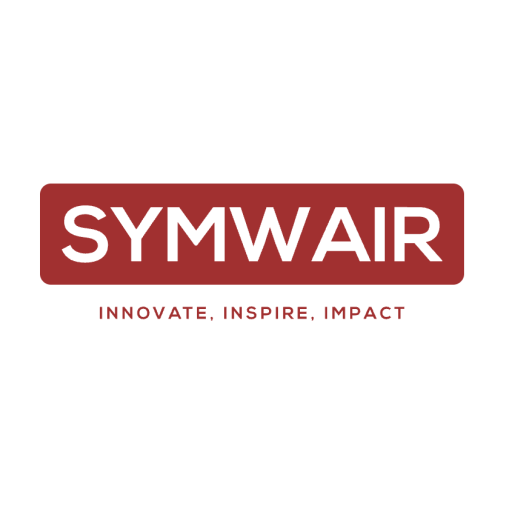In today’s fast-paced digital world, businesses seek smarter ways to optimize workflows, reduce inefficiencies, and automate complex processes. A powerful combination of Petri nets and generative AI, such as ChatGPT, is emerging as a game-changer in business process automation. But how do these technologies work together, and why should organizations pay attention?
What Are Petri Nets?
Petri nets are a mathematical tool used to model, analyze, and optimize business processes. They represent workflows using places, transitions, and tokens, allowing businesses to visualize dependencies, bottlenecks, and potential improvements. Platforms like Netgrif.com leverage Petri nets to create flexible, low-code solutions that help companies automate and manage their workflows efficiently.
The Role of Generative AI in Automation
Generative AI, like ChatGPT, enhances business process automation software by introducing adaptability, decision-making, and learning capabilities. Unlike traditional rule-based systems, AI can interpret unstructured data, predict outcomes, and provide intelligent recommendations in real time.
The Synergy of Petri Nets and AI
When combined, Petri nets offer a structured framework for process management, while AI brings dynamic, context-aware automation. Here’s how this synergy works:
- Enhanced Process Modeling – AI can analyze historical data to refine Petri net models, ensuring they align with real-world business needs.
- Adaptive Automation – AI-driven workflows can dynamically adjust based on real-time inputs, improving efficiency.
- Intelligent Decision-Making – AI can predict process bottlenecks and suggest optimizations before they become problems.
- Seamless Human-AI Collaboration – AI can interact with employees, assisting in task execution, reporting, and troubleshooting.
Real-World Applications
Industries such as telecommunications, finance, logistics, and healthcare can leverage this combination for:
- Network Operations Automation – AI can monitor network performance and optimize maintenance schedules using Petri net-driven workflows.
- Fraud Detection – AI-enhanced Petri nets can analyze transactions and flag suspicious activities in financial services.
- Supply Chain Optimization – AI can predict demand fluctuations and adjust logistics workflows accordingly.
Conclusion
Petri nets provide structure, and AI adds intelligence—together, they redefine business process automation. Companies that adopt this approach can achieve higher efficiency, cost savings, and more agile operations. Platforms like Netgrif.com enable organizations to harness the power of Petri nets and AI, making automation smarter, more adaptable, and future-proof.
Is your organization ready to embrace the future of intelligent automation?

